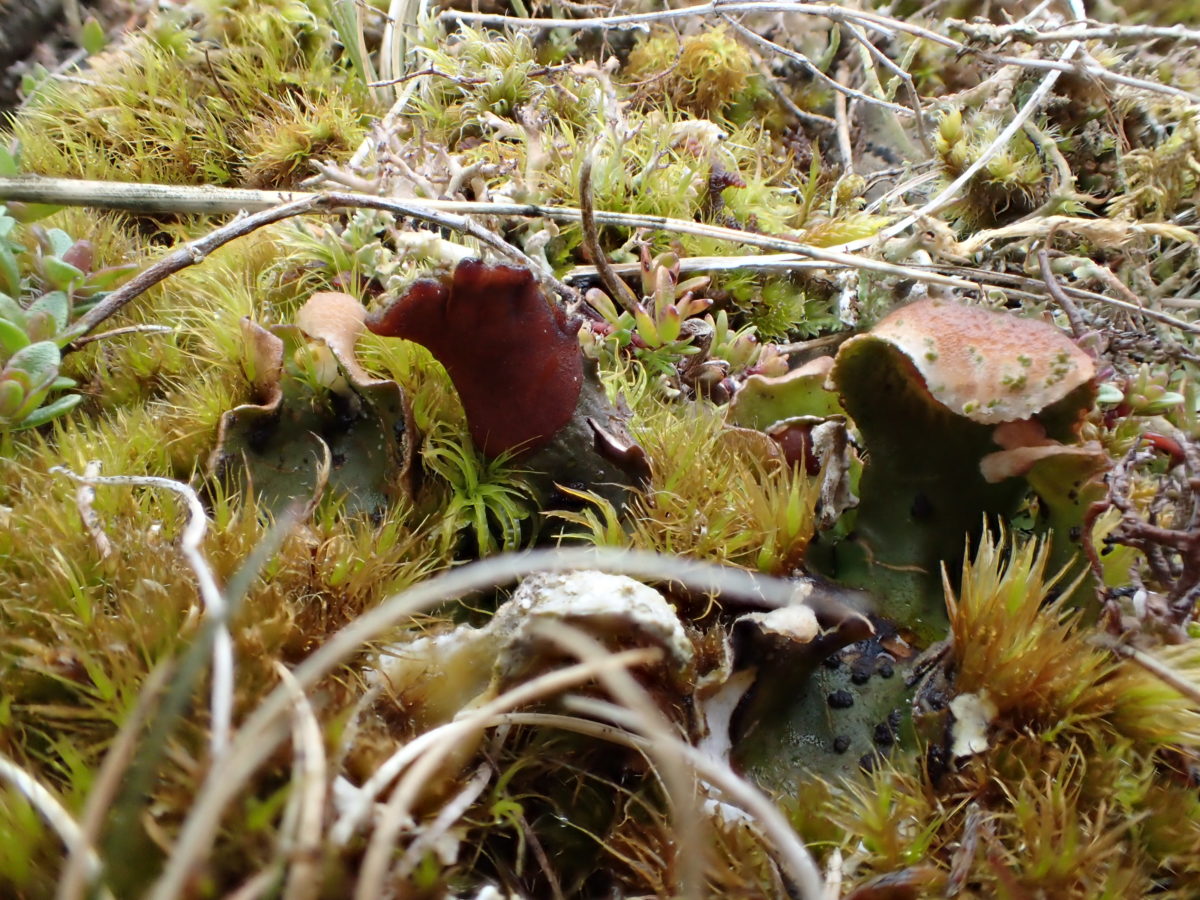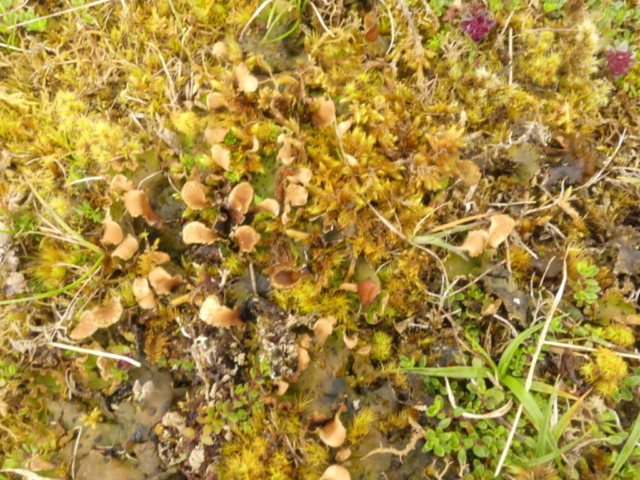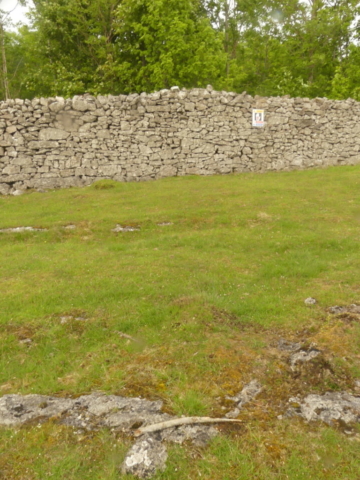First published in the British Lichen Society Bulletin.
Caz Walker and I ‘discovered’ lichens last year. First, Caz volunteered to be trained up as a lichenologist in the New Generation Botanist scheme, part of the Plantlife ‘Looking Out for the Small Things’ project which was particularly looking at the Atlantic woodlands of the Lake District and Cumbria. Then I was drawn in to this exciting (small) world, opening my eyes to new features of places I thought I knew, and helping us find places to explore that we’d by-passed before.
We live on the edge of the Lake District within easy reach of Haweswater – the area includes quite a lot of geology, ie different rock types, with Umbilicaria and Massalongia carnosa amongst others to be found on the fells. Beside Haweswater are the old-ish woods at Naddle Forest and Mirkside which seem to be the easternmost remaining patches of temperate rainforest with species such as Lobaria pulmonaria and Bunodophoron melanocarpum.
However our local patch is Knipe Scar, common land north-west of Shap, a heavily grazed limestone fell with areas of limestone pavement. Looking up the NBN Atlas, Caz found that the only lichen records were six figure grid references for Peltigera leucophlebia, recorded by local lichenologist David Clarke. Eventually we spotted some and, once we got our eye in, found quite a few more patches in short grass in thin soil over rock.
On 15th June 2019, Caz found a patch of P. leucophlebia that was fertile, which we understand is rare in the UK and probably a first for Cumbria. On the following day, further patches were found close by, starting at NY5414118479 ie in the southern section, next to Shapbeck Quarry. David Clarke visited and confirmed the sighting a few days later. To our knowledge, no other fertile colonies have been seen elsewhere this year to date.
P. leucophlebia is green with dark wart-like cephalodia on its upper surface, and distinct veins and dark rhizines on the underside, paler towards the margin. The first fertile instance had a few apothecia; subsequent patches had multiple fertile lobes. When fertile, P. leucophlebia has red-brown apothecia on the upper surface of tongue-like lobe-ends. In the examples found, the lobes were strongly recurved, revealing characteristic green corticate patches on their undersides and concealing the apothecia. The apothecia themselves were round to oblong with smooth to crenulated margins.
We’ve been recording lichen sightings and even managed to submit some spreadsheets. The ‘coincidence map’ of records for Cumbria shows that it is mostly blank space ie no records for most monads – a lot of work to do! Hopefully our records will literally get lichens on the map and encourage others to find what’s there. Chris Cant




